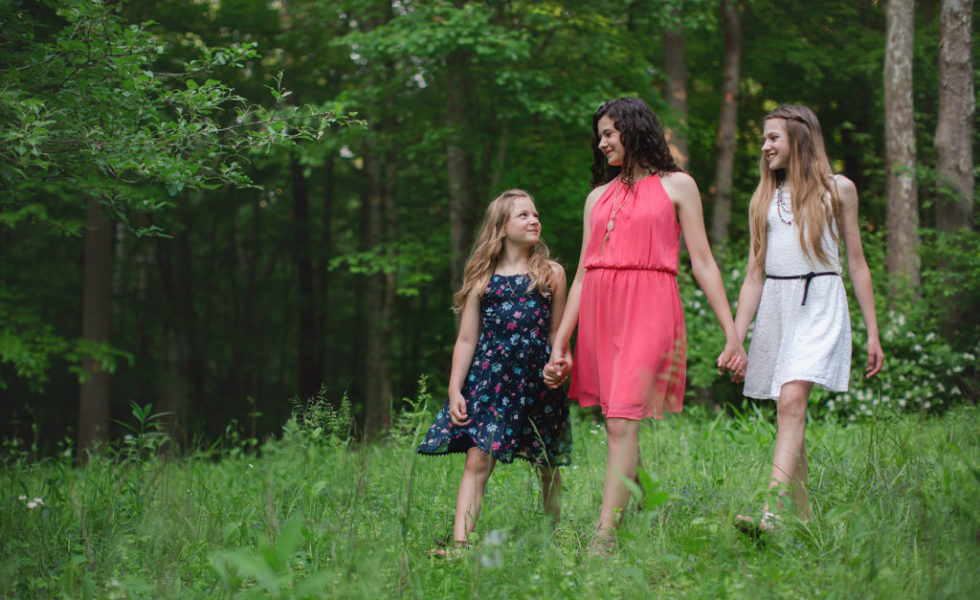Healthy Feet

You can buy a lot of shoes, but you only get one pair of feet. Walking one mile generates more than 60 tons of stress on each foot. Does that mean you should cushion and protect them from wear and tear? Actually, your feet are tough enough to take care of themselves; it’s only when we interfere with their natural movement that problems arise.
Shoes were originally made to protect us from rocks and stones. Today’s shoes have arch supports, toe springs, stability control, pronation control, etc. Some of these features are supposed to “correct” foot dysfunction, but they do not and cannot correct anything. They are simply over-used crutches. The excess cushioning that is common in many shoes disrupts the signals your brain receives from your feet. You lose position sense. This loss of communication causes gait disturbances and negatively effects many other areas of your body. More cushion in your shoe means less function of your foot. Minimal shoes or barefoot (in a safe environment) let’s your foot move naturally and keeps it flexible and strong. Your feet are architectural marvels, and they are human positioning devices connecting your body to your environment. Nothing worn on your feet can improve their natural design.
TRANSITIONING
After corrections are made to the muscles, joints, and gait pattern then transitioning to less shoe is appropriate. Transitioning out of over supportive shoes and going barefoot or wearing minimalist shoes should be done slowly to avoid injury. Start by walking barefoot in your house as much as feels comfortable. Even if it’s only 5-10 minutes a day. If that is painful, try wearing minimalist shoes 5-10 minutes and gradually increase your time. It’s ok to wear your old shoes during this period, you’re asking your foot muscles to do more work than they have in a long time. It’s worth the effort to make a slow transition. Trust your instincts.
FINDING GOOD SHOES
Your True Health doctor can use gait testing to help determine what shoe will not harm you. Follow this guide:
- No cushioning
- Wide toe box (just like your foot)
- Close to the ground
- Flexible in all directions
Some examples of minimalist shoes are: Vivobarefoot, New balance minimalist, Nike Free, Merrell Trail Glove, Vibram, Inov-8, etc.
For a more exhaustive list and much more information visit www.naturalrunningcenter.com
 True Health | Charleston, WV
True Health | Charleston, WV
Recent Comments